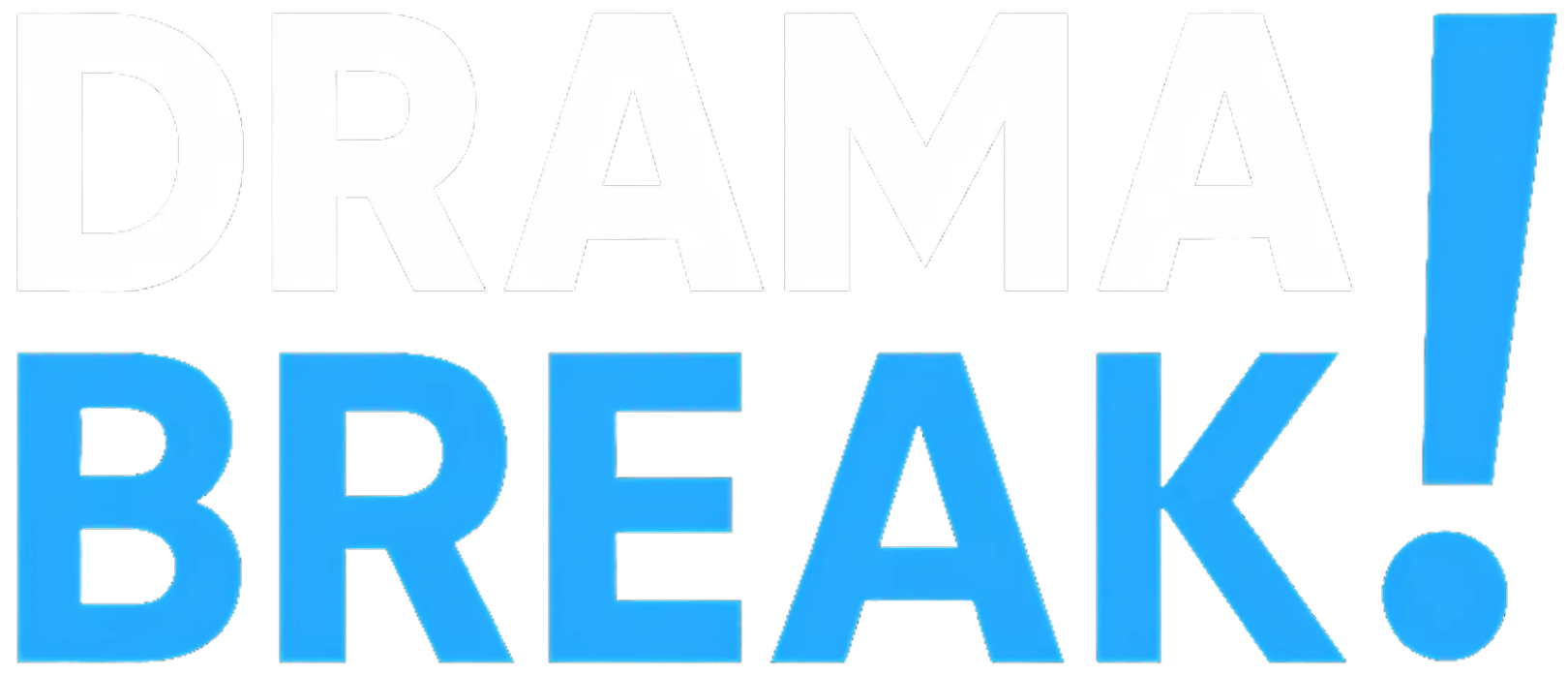Tuesday evening, Gustavo Dudamel was again on the Hollywood Bowl. This summer season is the twentieth anniversary of his U.S. debut — at 24 years previous — conducting the Los Angeles Philharmonic, and changing into irrepressibly besotted with the amphitheater.
He walked on stage, now the proud paterfamilias with graying hair and a broad welcoming smile on his face as he surveyed the practically full home. The climate was high quality. The orchestra, as so only a few orchestras ever do, seemed blissful.
For Dudamel, his single homecoming week this Bowl season started Monday night conducting his beloved Youth Orchestra Los Angeles as a part of the annual YOLA Nationwide Competition, which brings youngsters from across the nation to the Beckmen YOLA Middle in Inglewood. However it is usually a bittersweet week. Journey points (nobody will say precisely what, however we are able to simply guess) have meant the cancellation of his Simón Bolívar Symphony Orchestra of Venezuela‘s journey to the Bowl subsequent week. Dudamel will even be compelled to stay behind with them in Caracas.
After 20 years, Dudamel clearly is aware of what works on the Bowl, however he additionally likes to push the envelope as with Tuesday’s savvy mix of Duke Ellington and jazzy Ravel. The soloist was Korean pianist Seong-Jin Cho, whose latest recording of Ravel’s full solo piano works, alongside along with his two concertos, has been one of the crucial in style releases celebrating the Ravel 12 months (March 7 was the one hundred and fiftieth anniversary of the French composer’s start).
Ellington and Ravel have been definitely conscious of one another. When Ravel visited New York in 1928, he heard the 29-year-old Ellington’s band on the Cotton Membership, though his consideration on the journey was extra drawn to Gershwin. Ellington knew and admired Ravel, and Billy Strayhorn, who was chargeable for a lot of Ellington’s music, was strongly drawn to Ravel’s concord and use of instrumental shade.
On his return to Paris, Ravel wrote his two piano concertos, the primary for the left hand alone, and jazz influences have been robust. Cho performed each concertos, which have been framed by the symphonic tone poems “Harlem” and “Black, Brown and Beige, which Ellington referred to as tone parallels.
There was no scarcity of Ravel concerto efficiency of late — or ever — however Ellington is one other matter. Though the pianist, composer and band chief was very a lot on the radar of the classical world — “Harlem” was initially supposed for Arturo Toscanini and the NBC Symphony; Leopold Stokowski attended the Carnegie Corridor premiere of “Black, Brown and Beige,” as did Eleanor Roosevelt, Marian Anderson and Frank Sinatra — Ellington by no means performed the crossover sport. The NBC “Harlem” by no means panned out and have become a big-band rating. Ever sensible, Ellington, who composed largely in wee hours after gigs, all the time wrote for the event and the gamers. He tended to go away orchestration to others, extra involved with highlighting the fabulous improvising soloists in his band.
The scores, furthermore, have been gatherings, developments and riffs on varied present songs. “Harlem” is an acoustical enrapturement of the legendary Harlem Renaissance and one of many nice symphonic portraits of a spot within the repertory. “Black, Brown and Beige” is an bold acoustical unfolding of the American Black narrative, from African work songs to non secular exaltation with “Come Sunday” (sung by Mahalia Jackson on the premiere) to elements of Black life, in warfare and peace, as much as the Harlem Renaissance.
Each works are greatest identified as we speak, if nonetheless seldom heard, within the typical however efficient orchestrations by Maurice Peress and are what Dudamel depends on. The model of “Black, Brown and Beige” reduces it from 45 to 18 too-short minutes.
The first motive for these scores’ neglect is that orchestras can’t swing. The exception is the L.A. Phil. With Dudamel’s shocking success of taking the L.A. Phil to Coachella, there now appears nothing it might’t do.
The time has come to fee extra experimental and extra well timed preparations. However even these Peress preparations, blasted by means of the Bowl‘s sound system and with the orchestra bolstered by a jazz saxophone part, jazz drummer and different jazz-inclined gamers, caught the essence of one among America’s best composers.
Ravel fared much less nicely. The left-hand concerto has darkish mysteries laborious to transmit over so many acres and video close-ups of two-armed pianists attempting to maintain the precise hand out of the best way could be disconcerting. This summer season, in actual fact, unmusical jumpy video is always disconcerting.
Ravel’s jazzier, sunnier G-Main concerto is a winner in every single place. However for all Cho’s acclaim in Ravel, he performed with sturdy authority. 4 years in the past, becoming a member of Dudamel at an L.A. Phil gala in Walt Disney Live performance Corridor, Cho introduced refined freshness to Tchaikovsky First Piano Concerto. In Ravel on the Bowl, amplification strongly accentuated his polished method, gleaming tone and meticulous rhythms, leaving it as much as Dudamel and a joyous, keen orchestra to exult within the Ravel that Ellington helped make swing.

